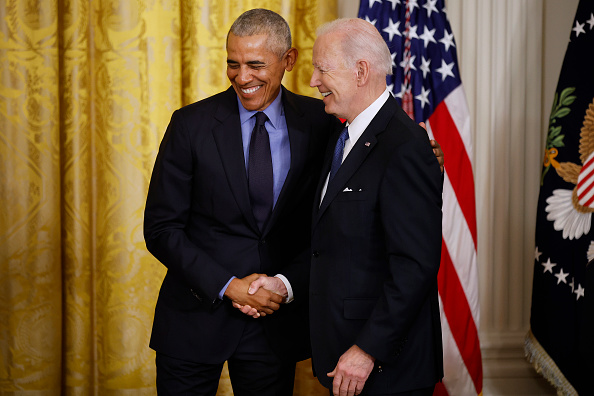The Patient Protection and Affordable Care Act (ACA), or Obamacare, marked another anniversary on March 23; yet, 12 years after its passage, the program has yet to live up to its promises.
Congress approved Obamacare on the grounds it could lower the number of people without health insurance and provide the underinsured with better coverage. The plan would protect consumers with pre-existing conditions from being denied insurance or charged excessive premiums (guaranteed issue and community rating) and, overall, would lower the cost of coverage for the average family by $2,500.
It is not surprising the ACA could not fulfill any of these goals.
Expanded Medicaid, Managed Care
One way Obamacare planned to expand coverage to the uninsured was by broadening the pool of people who could qualify for care at no cost through Medicaid.
Today, the vast majority of the newly insured are covered through the government’s health care safety net program. Medicaid expansion costs are about $80 billion a year to cover 15 million “new” beneficiaries.
Consumers who don’t meet the financial requirements of Medicaid could buy taxpayer-subsidized insurance in the Healthcare Marketplace (that is, Obamacare plans). Because these plans can’t deny coverage to anyone who is already sick, the coverage is like the managed care plans used in Medicaid, with limited access to doctors, and no access to the best specialists and hospitals.
In 2021, two million people received coverage under these subsidized plans. The subsidies cost taxpayers $50 billion a year, or $25,000 a person. The cost is likely higher because some enrollees may have dropped health coverage from their employer, so the net gain for these “newly insured” may be close to zero.
Rising Deductibles, Premiums
Despite the name, the Affordable Care Act has made coverage unaffordable not just for taxpayers but for everyone not getting a generous subsidy.
Average annual Obamacare premiums increased about 40 percent from 2016 to 2021. While this hike in cost is significant, it would be even greater if consumers had not begun increasing their deductibles and gravitating to less generous plans as premiums rose.
Consumers who don’t qualify for subsidies tend to opt for silver (39 percent) or bronze (36 percent) plans that require 30 percent and 40 percent cost-sharing, respectively. After consumers reach middle age, the premiums skyrocket. Those aged 45 to 54 years pay $529 a month, on average. Consumers ages 55 to 64 pay about $771. The average deductible in 2021 was $4,490, while deductibles of more than $8,000 are common. This is true for both family and individual deductibles, meaning most Obamacare enrollees never file a claim or get any tangible benefit in return for their costly premiums.
Congress temporarily expanded the ACA as part of the American Rescue Plan, or COVID-19 relief package. As a result, families making more than 400 percent of the federal poverty level will not have to pay more than 8.5 percent of their household income for a silver plan. The cost to taxpayers for the new subsidy is estimated at $17,000 a year for every newly insured individual.
In many cases, people far from poor receive subsidies for insurance that is of little value. Eliminating the family glitch, where family members do not qualify for subsidies if offered coverage through a job, as the IRS is doing through its rulemaking process, will cost an estimated $22,500 per newly insured family member. This is much more expensive than the coverage they declined through a job.
Despite Subsidies, Enrollees Pay
In health care, there is an 80/20 rule: the least healthy 20 percent of the population consumes 80 percent of health care dollars.
Indeed, the sickest 5 percent of the population consumes 50 percent of health care dollars in any given year; however, the composition of the sickest group varies from one year to the next.
Obamacare became a vehicle to funnel the premiums of the healthier 80 percent of consumers to the sickest 5 percent. This is despite the fact that 80 percent to 95 percent of healthier enrollees still must pay for most of their care out of pocket because they never meet their deductibles.
This means people with pre-existing chronic conditions like asthma, diabetes, or heart disease are essentially paying for most, if not all, of their routine care out of pocket as though they have no insurance. Worse, due to the increasing prevalence of narrow networks, the doctors many Americans with chronic conditions have always seen are out of reach. The best hospitals for specialty care are also often in no ACA plan’s network.
The ACA was touted to protect people with pre-existing conditions while making high-quality coverage affordable. It has had quite the opposite effect. Looking at the data since its inception, it is tough to argue Obamacare has accomplished its goals.
Devon Herrick, Ph.D. (devonherrick@sbcglobal.net) is a health economist and former hospital accountant who is the editor of the health care blog at The Goodman Institute and policy advisor to The Heartland Institute, the organizations that co-publish Health Care News.





















